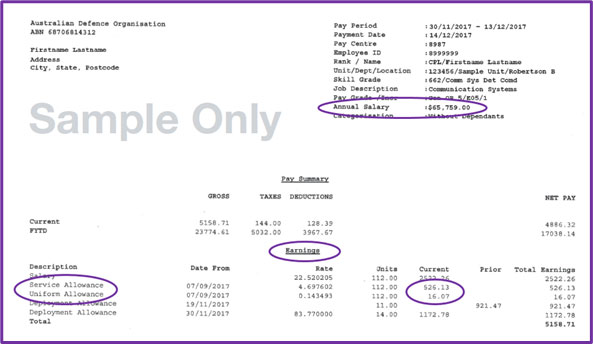
Making Home Ownership a Reality
March 7, 2022
Financial Advisers: The Facts and the Fiction
April 11, 2022Being employed with the ADF provides you a position of strength when it comes time to buying a property. Here are our top 10 tips to consider:
1) Shop around for your loan. There’s no need to accept the first offer that comes along. Why not go to several lenders, including those on the Defence Home Ownership Assistance Scheme (DHOAS) list? Don’t simply assume that a DHOAS lender will always offer you the best deal. Take your time to consider all the deals on offer because a small saving now may add up to a considerable amount (often tens of thousands of dollars) over the term of your loan;
2) Think carefully about how much you can comfortably borrow and service, understanding that interest rates are likely to rise during the term of your loan, resulting in an increase in your monthly repayments or an extension in the term of the loan (or both);
3) Do a “stress test” on your repayments. That is, calculate (or ask the lender to show you) what would happen to your repayments if interest rates rose by, say, 0.5% to 2%. You might be unpleasantly surprised by the outcome, so ask yourself whether you could afford the increase. If the answer is ‘no’, consider a smaller loan or find another property that passes the “stress test” (remember that only 20 years ago, interest rates on mortgages in Australia were closer to 10% and in the 1980s they were closer to 20%, sometimes more….we’re not suggesting that will happen again, but it is worth remembering that rates are likely to vary, maybe substantially, during the term of your loan);
4) Contemplate what the consequences would be on your capacity to meet your mortgage repayment commitments should you or a family member suffer a loss of income or employment. In that regard, we recommend having a fall back position, such as three months’ of “rainy day” money in a bank account to cover living expenses should the need arise;
5) Unlike many other countries, most home mortgages in Australia are based on a variable interest rate. So when rates are rising think about locking in (aka “fixing”) your rate on part or all of current your mortgage (subject to clearly understanding any fees, charges, penalties and conditions in so doing);
6) During the term of your loan, don’t hesitate to regularly assess whether your current loan is still competitive. Provided you have reliably serviced your mortgage (and especially if you’re still an ADF member when you assess your options), you may well find a better deal elsewhere;
7) Remember that property is a long term investment (10 years plus). Therefore, don’t expect a capital gain to accrue overnight. If it does, consider it to be a bonus. And remember that property prices can and often do fall, so factor that real possibility into your mindset when considering a purchase;
8) Remember the old property adage…the three important factors to consider when buying property are “location, location, location”. This is especially true when market sentiment turns negative. The key point here is to buy the best quality property you can afford in a desirable location, close to, for example, schools, amenities, transport and populations centres. That way, when you come to sell or rent the property, it will be in demand, relative to lower quality properties that are likely to be out of favour with potential buyers and renters;
9) Your first acquisition doesn’t need to be the property of your dreams. Maybe you could buy a smaller apartment or house at a lower cost and then slowly and carefully build your financial position until you’re in a position to purchase the property that you’ve always wanted;
10) Buying in a regional area can be a sensible and often cheaper alternative to stretching your finances in a capital city. This option has become increasingly common as a result of the pandemic which has encouraged a considerable number of family and work relocations to the country regions of Australia, combined with improved connectivity facilitating working from home.






